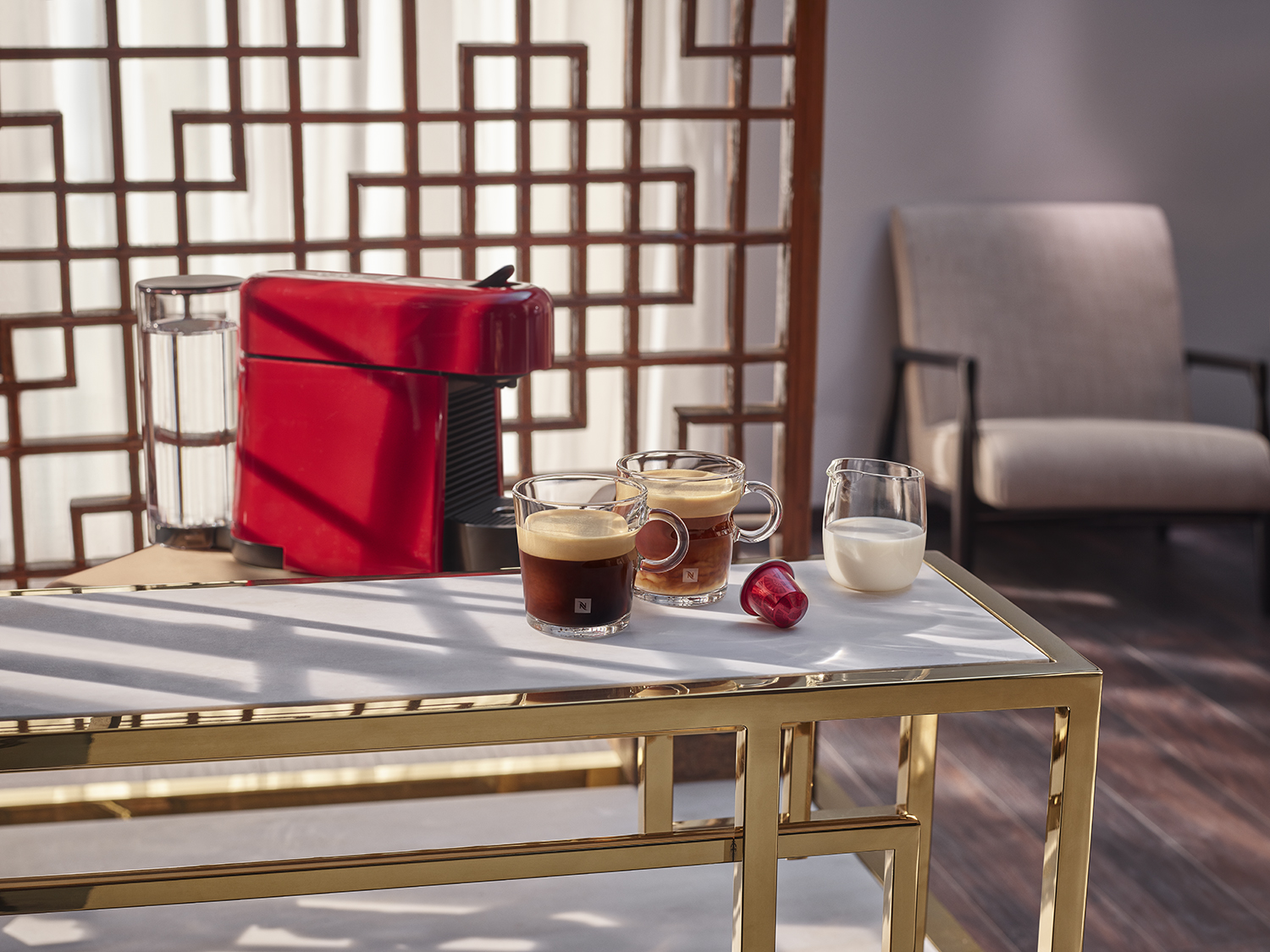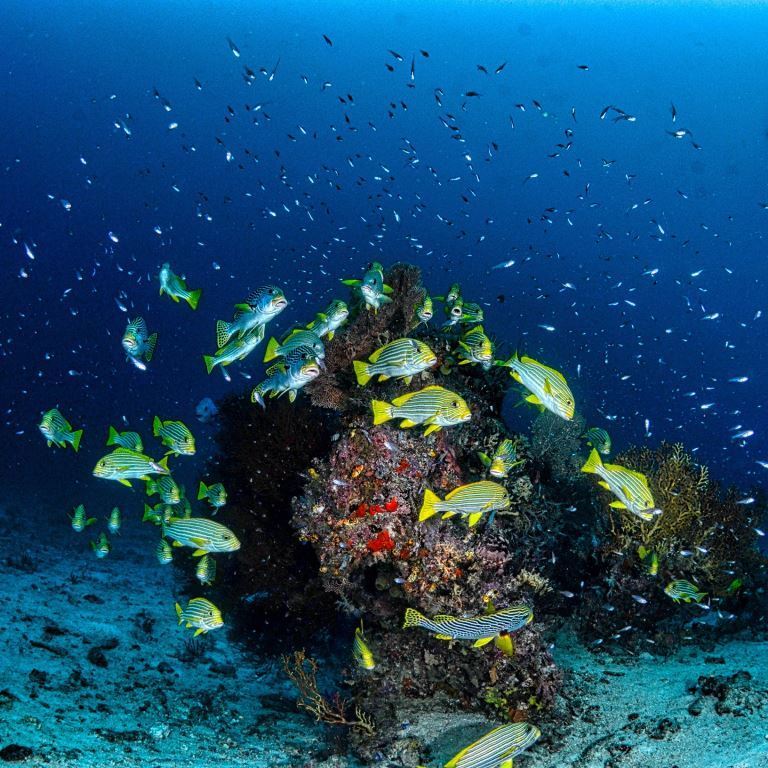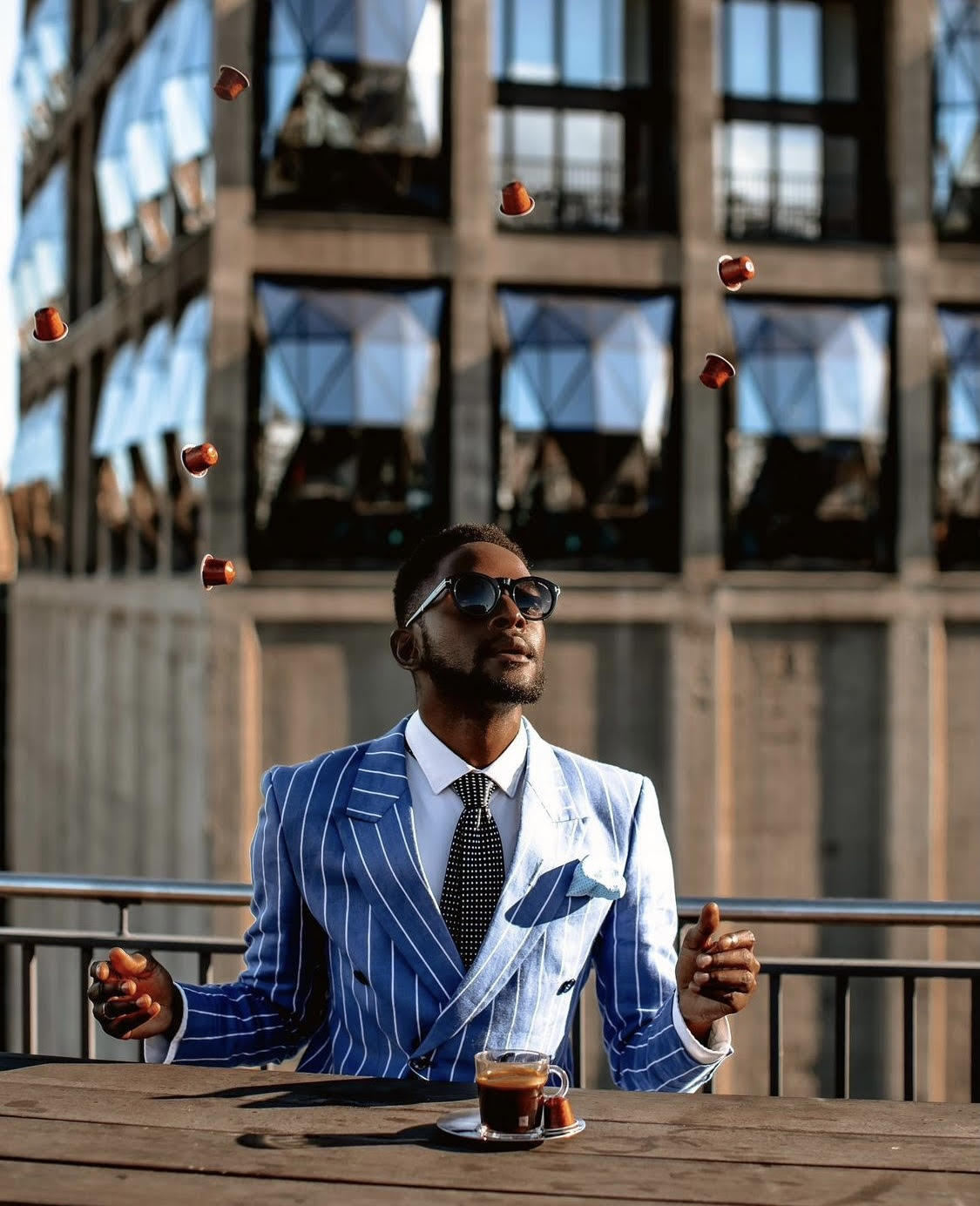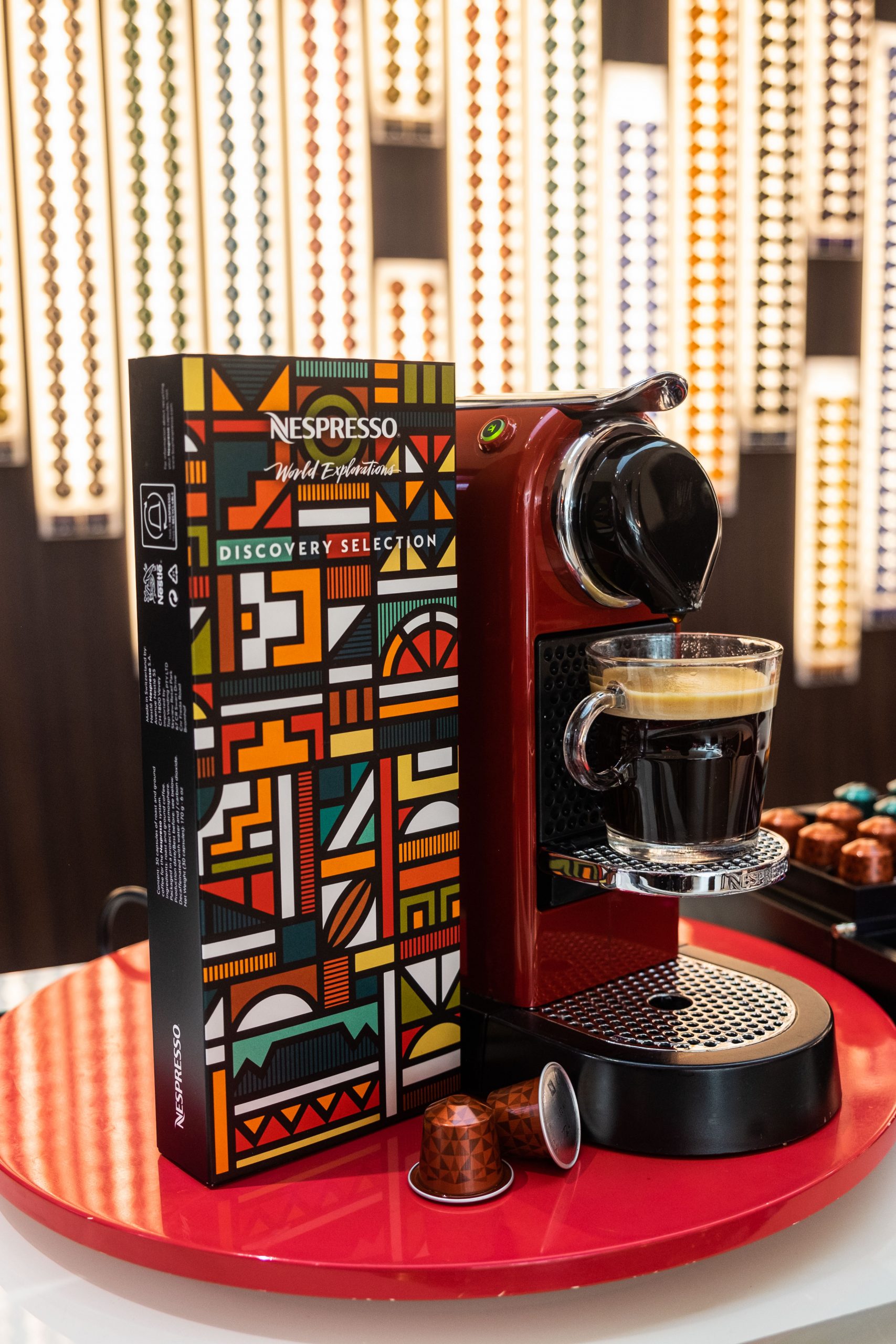In the fast paced world that we’re living in today, coffee has become somewhat of a necessity. Not only is it a lifeline for many fast and furious students and professionals trying to make it through their manic days, but it’s also one of the largest trade industries in the world, with an estimated 500 billion cups consumed every year and a value of $20 billion. Due to the prevalence of coffee in our culture, the world of coffee consumption is constantly evolving, and the industry continues to adapt to satisfy consumer’s needs and taste buds.
According to Yassir Corpataux, Coffee Ambassador Nespresso MEA, “It is an interesting and thrilling time for the coffee industry. Many actors start to appear all around the world. From professional baristas to roasters, or the increased numbers of coffee amateurs, we’ve noticed a great interest for quality coffee and perfect brewing methods. Nespresso aims to answer the consumer needs as much as possible with our simple extraction methods. The energy used to prepare coffee and consistency of the quality in the cup is what matters. We answer those needs with a system that uses the perfect amount of fresh ground coffee, hot water and energy needed to prepare a cup of coffee.”
Coffee trends have certainly evolved over the years, starting in 1773 with the Boston Tea Party, where American colonists protested tea tax laws by drinking and brewing their own coffee instead. Since then, many new trends have emerged in the coffee industry, from the rise of neighbourhood and artisanal coffee shops to the shift in using milk alternatives, to matcha coffee being the rage, and then of course the impressive latte art that’s become a prerequisite for any self-respecting barista.

Whether it’s unique brewing methods, funky flavours, coffee shop trends, or specialty blends, some of the current trends in the coffee industry include:
Coffee and health – The trend towards a healthier lifestyle has extended to coffee, with many coffee shops adding healthy alternatives to their menus, such as maca lattes, mushroom coffee or the addition of collagen creamer.
Sustainability – Coffee consumers have become increasingly aware of the need for sustainability in their coffee drinking routine, therefore seeing a rise in trends like reusable cups and straws, and circularity in materials used. Nespresso capsules are a prime example of this, with their capsules now being made from 80% recycled aluminum, considering that aluminum is infinitely recyclable.
Quality decaf blends – In the past, foregoing caffeine in your coffee would mean having to accept subpar blends as the decaffeination process can eliminate the potent flavours of the coffee. However, top-end coffee roasters now create high-quality coffee sans the caffeine.
Dalgona whipped coffee – The Dalgona whipped coffee is the latest trend to take the internet by storm. With origins in South Korea, this frothy beverage is created by whipping together instant coffee, sugar and water to make a toffee-coloured foam which is then spooned over milk and enjoyed hot or cold.

In addition to coffee trends, there are also specific ‘coffee cultures’ which are unique to specific cities. For example, Vienna’s Viennese coffee house culture, often referred to as ‘the city’s public living rooms’, where guests can gather at these spots for hours on end, and need only purchase a single coffee. Then there’s Argentina’s Merienda which is observed late afternoon and includes coffee accompanied by a small snack. These world-wide cultures ultimately inspired Nespresso’s World Explorations range, which captures the sensations, tastes and aromas of some of the world’s most admired cities, including Cape Town, Stockholm, Tokyo, Vienna, Shanghai and Buenos Aires.
According to Corpataux, “These cities not only have some of the most vibrant and unique coffee cultures around, but they are amongst the biggest coffee consumers world-wide. Our Cape Town Lungo blend represents the city’s taste in coffee, which is enjoyed with a splash of milk, while in Vienna, you will find intense black coffees with a malty savoury note stemming from the Monsoon Arabica. Tokyo is all about rich coffee with elegant aromas, while Shanghai is leading the way in China’s modern coffee scene. Vienna is known for the smoothness of its coffee, and those in Buenos Aires enjoy coffee that’s sweet and milky.
“We used all these attributes to create individual blends that truly embrace the city, offering consumers the chance to experience each of the selected cities in a cup, from the comfort of their home. At Nespresso, we aim to give consumers the best coffee experience as trends continue to evolve around the world,” Corpataux concludes.
About Nespresso
Nestlé Nespresso SA is the pioneer and reference for the highest-quality portioned coffee. The company works with more than 110,000 farmers in 14 countries through its AAA Sustainable Quality™ Program to embed sustainability practices on farms and the surrounding landscapes. Launched in 2003 in collaboration with The Rainforest Alliance, the program helps to improve the yield and quality of harvests, ensuring a sustainable supply of high-quality coffee and improving the livelihoods of farmers and their communities.
Headquartered in Lausanne, Switzerland, Nespresso operates in 84 countries and has 14,250 employees. In 2019, it operated a global retail network of 810 boutiques. In 2019, it operated a global retail network of 810 boutiques. The brand currently has more than 100’000 points to collect its used capsules globally, enabling 91% of its consumers to recycle.
For more information, visit the Nespresso corporate website www.nestle-nespresso.com.



















